Let me first just say — of all the ethereal places I’ve been in the world, this was one of the most shimmering. The Atacama is the driest place on earth, other than the poles. It receives less than 1 mm of precipitation each year, and some areas haven’t seen a drop of rain in more than 500 years.
Forget “photo-worthy” or “memorable.” The landscapes here inspired Salvador Dalí paintings. These are places that so resemble the moon they’re used to test lunar missions. Peaks that stretch so high they’re said to be the birthplace of the Inca Sun God. These are lands of flamingos, bright red lagoons, and 12,000 square kilometer stretches of nothing but 25 meter deep salt. Lands of geysers, natural hot springs, volcanoes, llamas, and deserts so dry there are areas that haven’t seen a drop of rain in more than 500 years. And of course, all of this is happening two to three miles above sea level.
But before we get too far into all that — let’s put ourselves on the map.
All up and down western South America run the Andes Mountains. These are the mountains that boast wonders from Machu Picchu to Mt. Aconcagua, the highest peak outside of Asia. Within the Andes, nestled between its eastern and western ranges, lies the altiplano, the high plateau. Its base elevation is 3800 meters (12,500 feet) – and the mountains rise from there, many to well over 6000 meters. For perspective, the tallest mountain in the continental US reaches 4400 meters (14,500 feet). In other words, most of the altiplano starts at an elevation where many other mountains end (outside of the Himalayas at least). It’s the most extensive high plateau on earth outside of Tibet, and covers an area from southern Peru to northern Chile and Argentina.
Which means that the bulk of it lies, of course, in Bolivia. Which brings us back to the Salvador Dalí landscapes. And how one day I found myself in the middle of them, lips cracked from the desert winds, absentmindedly sucking on a large wad of anti-altitude sickness coca leaves, wondering to myself, “how did I get here again?”
Here’s the thing: it gets weird that high up in the air. Before this trip, I had been to 12,000+ feet elevations — but only for a few hours at a time. You hike up, hang out at the top enough time to eat a snack and snap some pictures, and then you go back down to sanity.
This time, however, I spent almost two full weeks above 11,500 feet. A few notes on what makes it so unique:
-
Not many other living beings are up there. It was mostly llamas, vicuñas and alpacas (llama cousins), flamingos, quinoa plants, and our little hodgepodge group of travelers, asking serious questions about the feasibility of sustained life in so harsh an environment. High altitude, 100+km/hour winds, frigid desert nights, active volcanoes, and sometimes complete lack of annual rainfall – it’s not exactly a place that beckons life.
-
The air is oh so thin. When I stepped off the plane into El Alto, Bolivia, at 13,600 feet, my first thought was “I think we forgot to finish the descent — can I get a pressurized cabin up in here?” Luckily I skirted severe altitude sickness, but did have a few splitting headaches. Word to the wise: drink all the coca leaf tea you possibly can.
-
The landscapes get bonkers. And this, of course, is why we endure points 1 and 2. It truly was spectacular.
Which brings us to the good stuff. Let me share a few snippets of our trip:
Isla del Sol
A little lick of heaven sprouting up at 4000m in the middle of the highest navigable lake in the world, Isla del Sol looks like some resplendent cross of Ireland and Bali. It straddles the border between Bolivia and Peru, on the northern end of the altiplano. As legend goes, the Inca considered this place the center of the cosmos and the origin of their civilization. The sun, moon, and stars were fashioned from islands in the lake, and this particular island was the birthplace of the sun god himself.
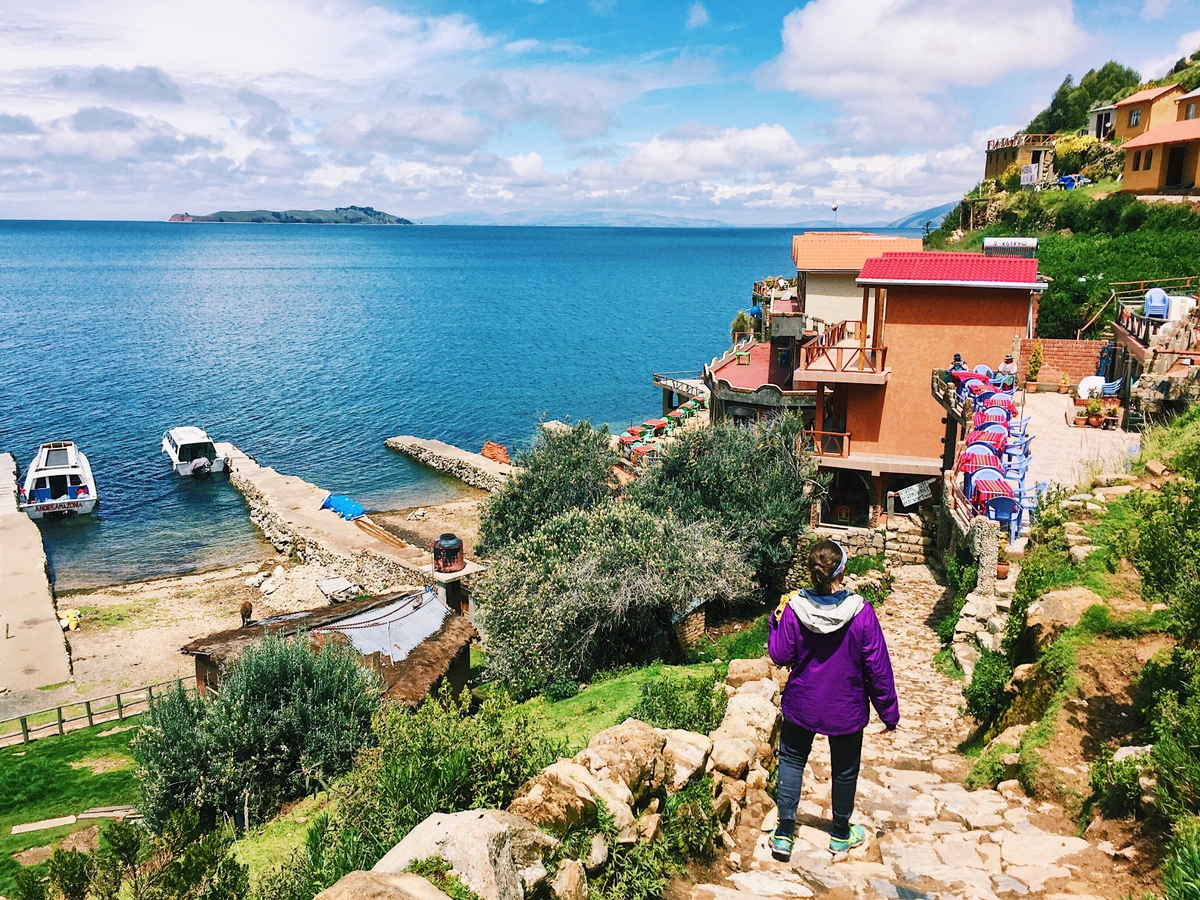
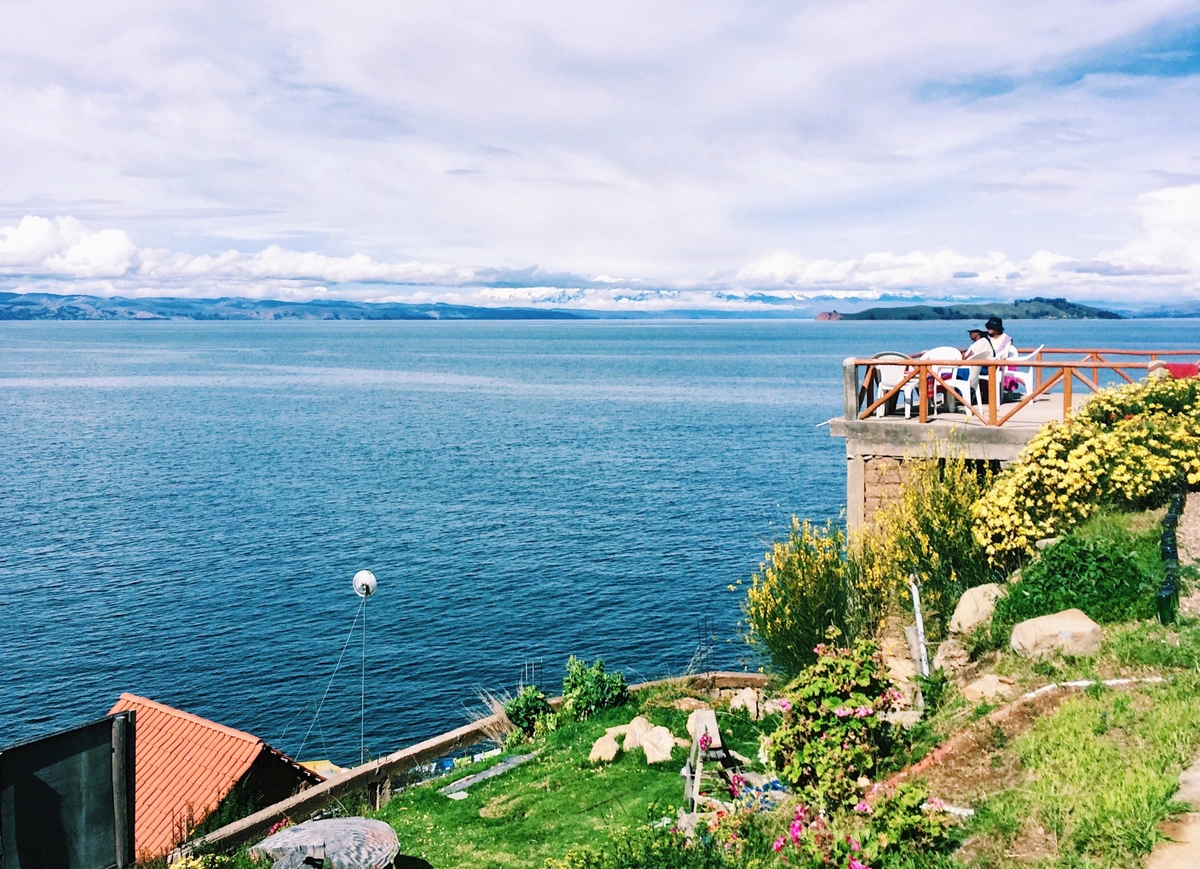
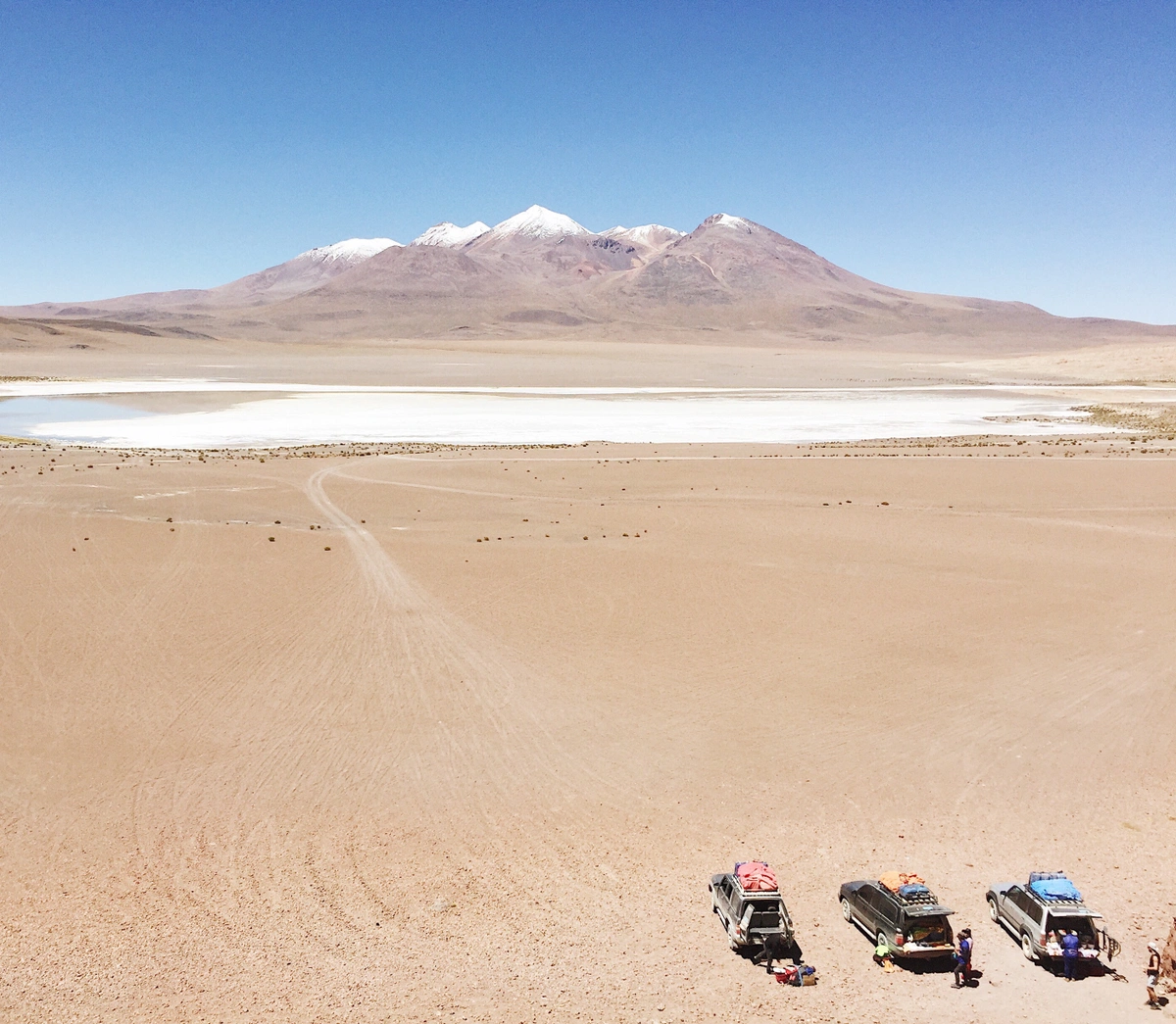
Eduardo Avaroa Andean Fauna National Reserve
This was our last stop in Bolivia before continuing into the Chilean portion of the altiplano. We spent two days driving through endless desert and its otherworldly sights, our bodies feeling properly dwarfed by mother earth and as accustomed to 5000 meter altitude as they will likely ever be in our lifetimes. Here are some highlights:
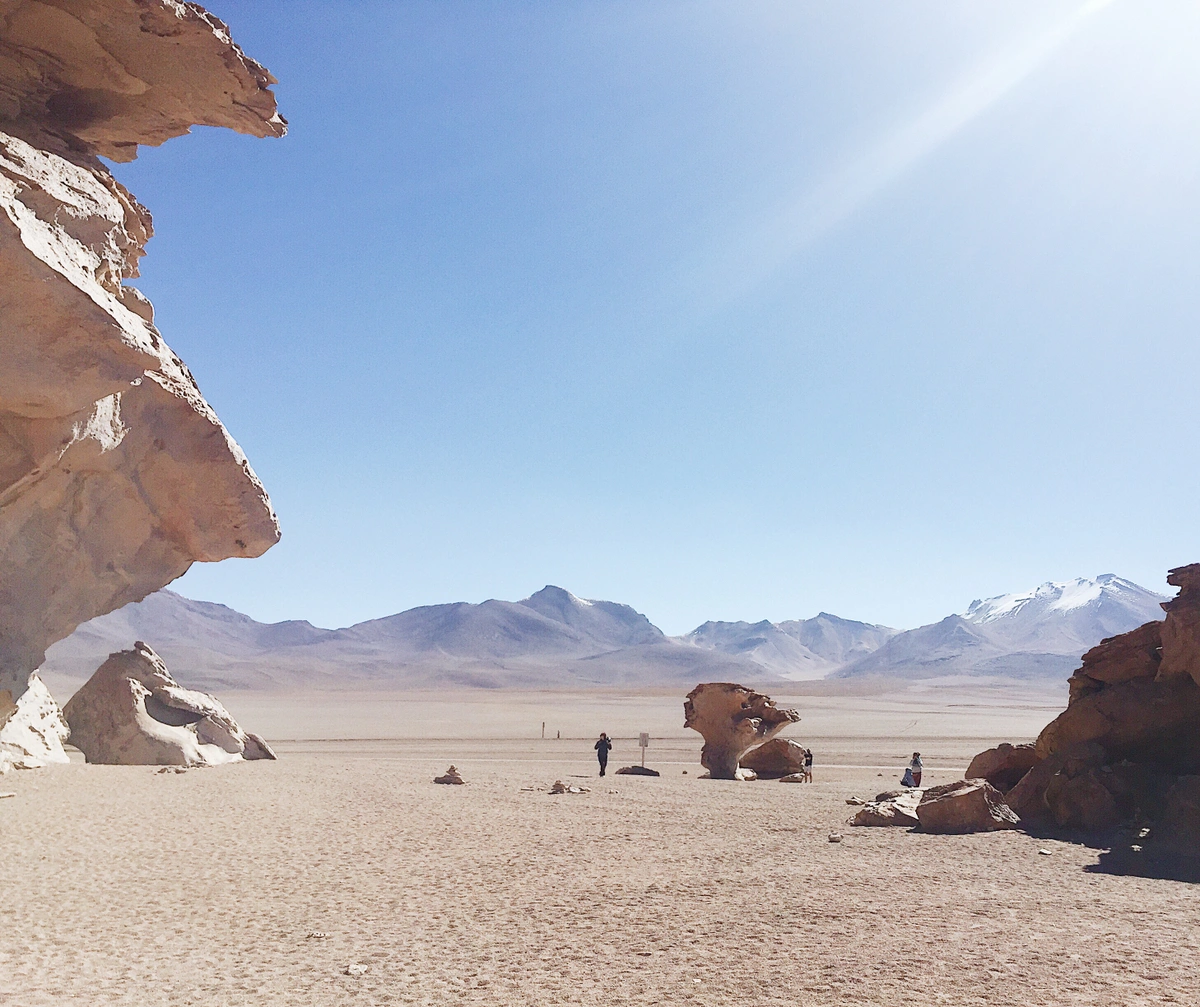
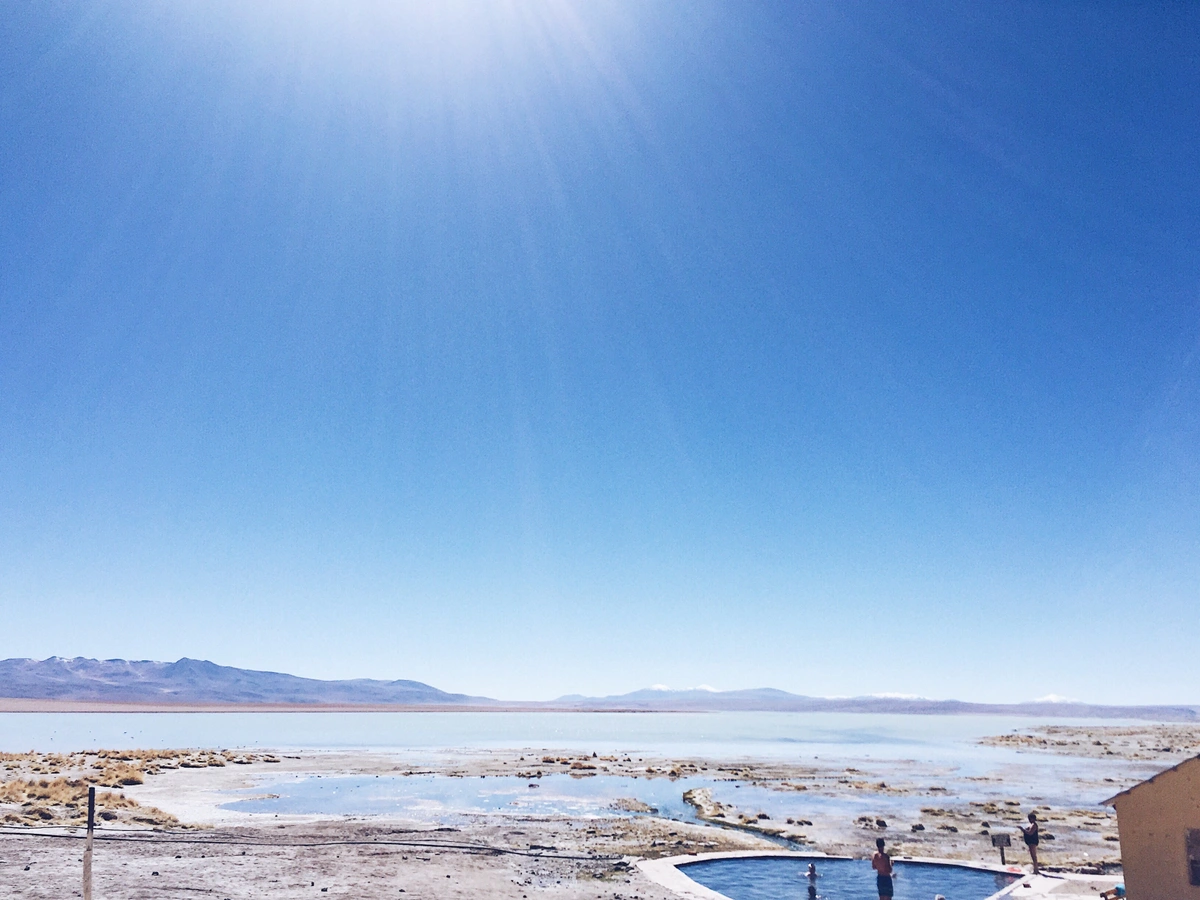
This reserve extends to the Chilean border and the edge of the Atacama Desert. Here, you can choose to return to Uyuni or continue south to San Pedro de Atacama. I recommend the latter! Not to mention Chile has its own wealth of stunning landscapes filled with harsh deserts, lush vineyards, active volcanoes, and endless stretches of coast – but we’ll leave all that for another story.
If you are planning a getaway or wanting to adventure to The Atacama, having travel insurance is essential. Travel insurance is important because of unexpected trip interruptions. Injuries can also happen while on vacation and in that case medical insurance will be vital.
